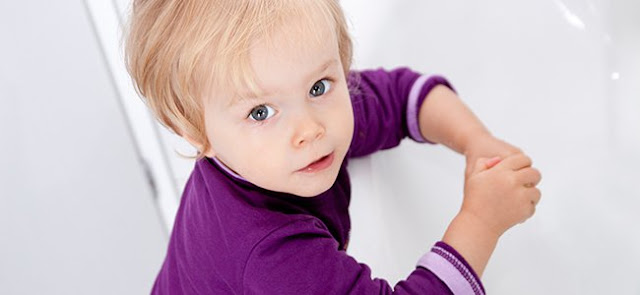Manias and Obsessions In Children
Manias and Obsessions In Children - Hobbies are habits and behaviors that are repeated often, and help the child to control some external events. As you grow these routines usually follow and strengthened some, and others disappear as hobbies that last too long or reinforcing lot can begin to interfere with normal daily life of the child, and become obsessions.
Obsessions are thoughts or repetitive, disturbing, unpleasant and unwanted thoughts that arise repeatedly and uncontrollably in the child's mind, causing a lingering fear and a high degree of anxiety. Obsessive compulsive behaviors can occur at any age.
Obsesion and children's hobbies
The most frequent in childhood are:
- - Wash or concerns about taking diseases
- - Repetitive behaviors bedtime or dressing
- - A bedtime need to be to retell stories and tales known as this will help them stabilize their expectations and understanding of their world.
Children in school often develop group rituals when they learn to play, to do team sports. Older children and adolescents begin to collect objects and to develop favorite activities. They are transient symptoms associated with development, self-assertion and the constitution as a subject.
When the child suffers from obsessions and compulsions
It is considered that children have a disorder when these hobbies, obsessions and compulsions take so long a day, preventing them from normal daily functioning, and significantly disrupt their daily activities.
When children can not do suffer from excessive anxiety, they manifest themselves in crying, screaming, hair pulling, aggressive behavior toward self or others, etc.
In obsessive-compulsive disorder (OCD) in children compulsive behaviors prevail against obsessive thoughts.
Diagnosis and treatment of obsessive-compulsive disorder
Early diagnosis of the disease and the application of special treatment when the first symptoms are observed contributes to increasing the quality of life of the child and to prevent the disorder may develop a more serious condition. In order to make the diagnosis is very important the support and involvement of parents.
To calm the anxiety caused by obsessive thinking, compulsion is done. A compulsion is a ritualized behavior carried out for much longer than normal, repetitively and without interruption. OCD treatment more effective and advisable would be to combine psychological therapy and medication. Psychological treatment includes cognitive and behavioral techniques:
- - Cognitive techniques help the child identify and understand their fears and learn new ways to resolve or reduce without feeling the anxiety caused him and brought him to compulsion as avoidance;
- - Behavioral techniques help children and their families to make contracts or set guidelines to limit or change behaviors.
The medications used to treat OCD are selective inhibitors of serotonin reuptake used to alleviate obsessive thoughts and therefore improve compulsive behaviors; and they should always be given and taken under the supervision of a pediatrician.
Parents play a vital supportive role in any treatment process supporting the child at all stages of the disorder and its treatment.


Post a Comment for "Manias and Obsessions In Children"